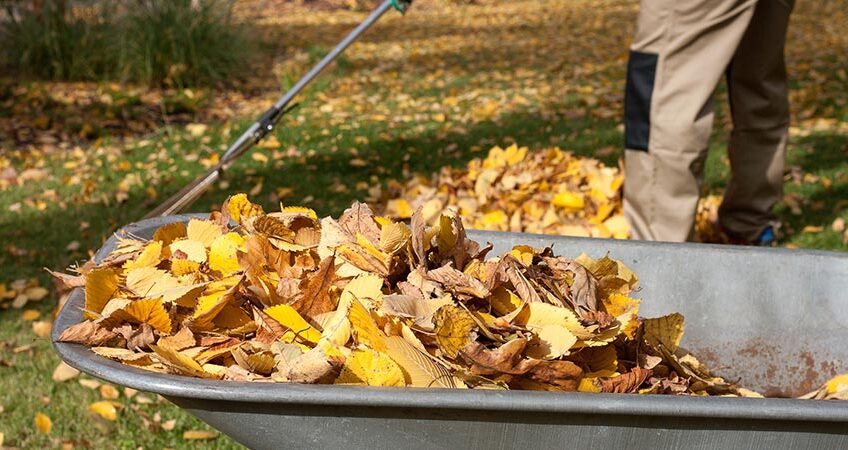An expanse of green lawn provides a place to lounge, play, and picnic on warm summer days. A healthy, lush lawn doesn’t happen by magic. Without proper care, your lawn can become filled with weeds, suffer from a lack of nutrients, or develop a ragged appearance. Although you should tend to your lawn year-round, spring is a good time to work on improving the vitality of your grass.
Here are 6 great tips for spring lawn clean-up:
1. Wait for dry conditions.
However you clean up your lawn – with a lawn vacuum, rake, or another method – the whole process will be easier and faster if you wait for dry conditions. Moisture makes debris stick together in heavy clumps, making your job harder than it needs to be.
2. Clear large debris first.
If you’re using a DR Leaf and Lawn Vac for cleaning your lawn, you’ll want to clear away anything that’s too large for it to pick up. While pine cones, gum tree balls, nuts, and small sticks will be picked up without a problem, large branches should be cleared away beforehand.
3. Uncover flowerbeds and shrubs.
If you’re raking, be sure to get right up close to trees, shrubs, hedges, and fully clean out flower beds. If using a leaf vac, we recommend the Vacuum Hose, which attaches easily to your machine and allows you to vacuum hard-to-reach spots. Debris left in flowerbeds and around shrubs can stunt growth and foster disease.
4. Tidy hard surfaces.
Walkways, driveways, trails, and other non-lawn surfaces need some spring cleaning, too! Vacuum debris from walkways and trails and rake displaced gravel back on to driveways and roads.
5. Get rid of thatch build-up.
Thatch is dead grass blades and other small weeds that collect on top of the soil, at the base of the living grass blades. If the build-up gets thick enough, it can choke your lawn by restricting the flow or air and water to the soil. Spring is a perfect time to remove thatch for the summer growing season. Depending on how much thatch build-up you have, a leaf vacuum may be all you need to clear it. For particularly thick build-up, a rake or dethatcher may be required.
6. Compost it!
After you’ve finished cleaning the lawn, compost the waste material! Once it’s broken down, it will be a great way to improve your soil structure and return vital nutrients to your garden. For larger waste, consider shredding it to a fine mulch with a chipper/shredder.
If You need help, Call Us or send a message.

